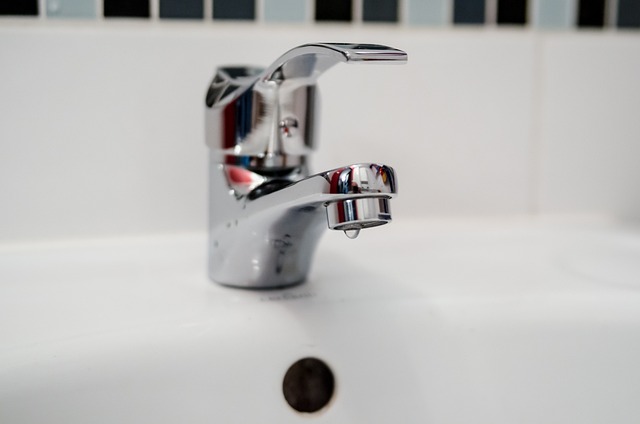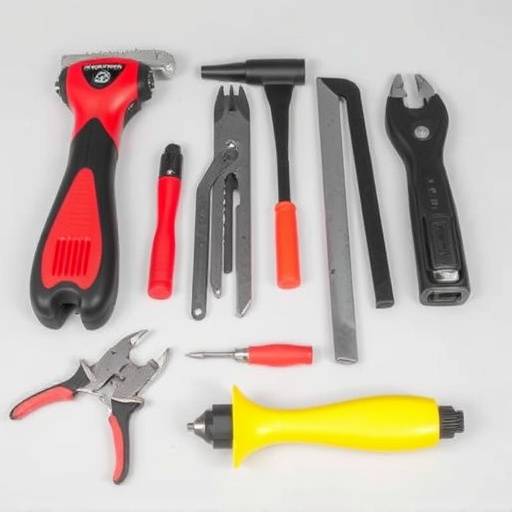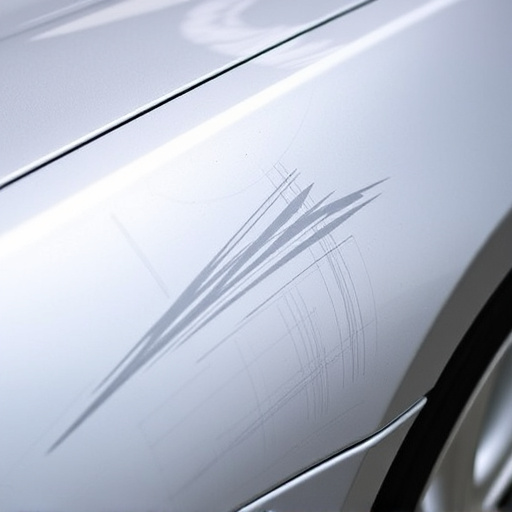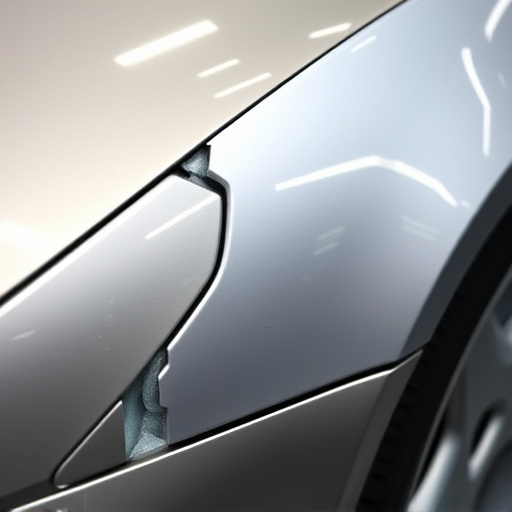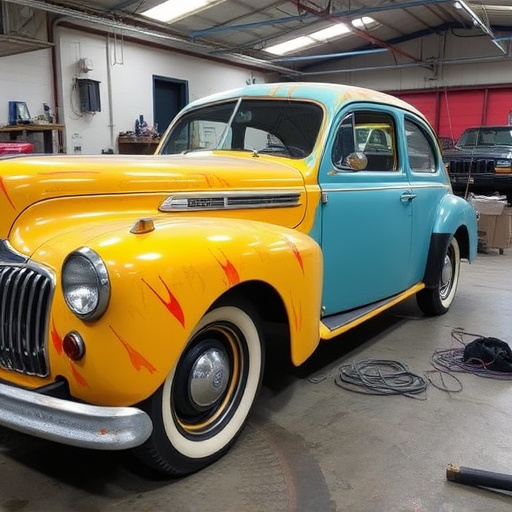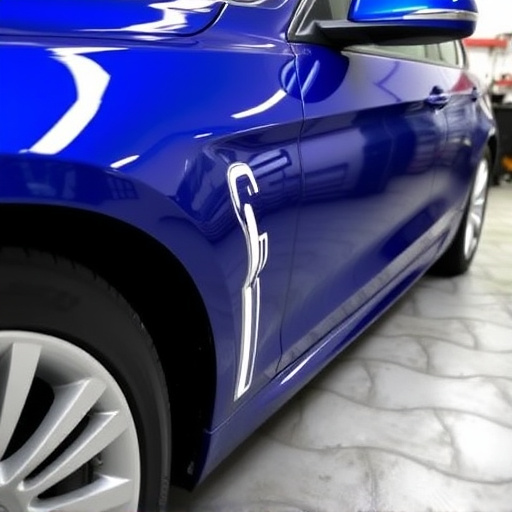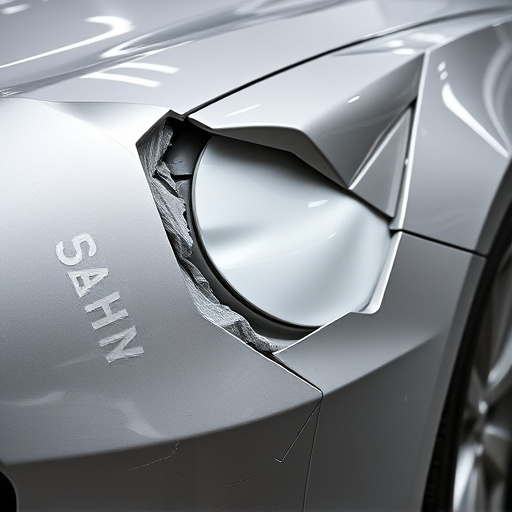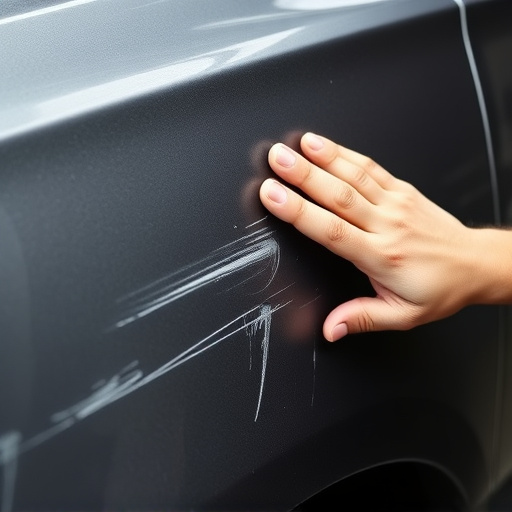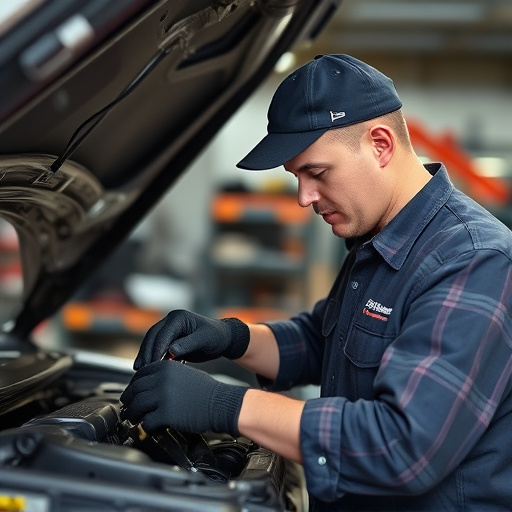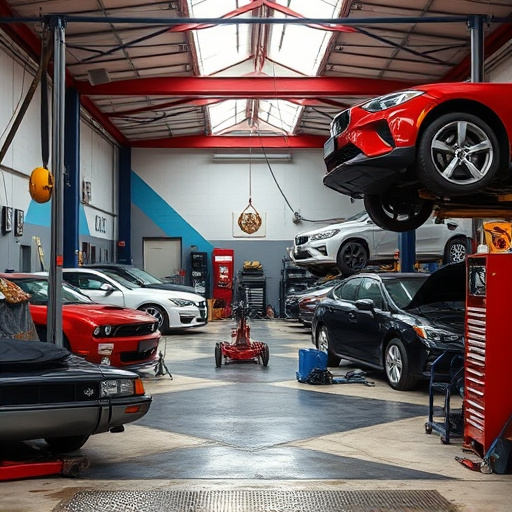Plastic body part repair is a meticulous yet cost-effective solution for damaged plastic components in vehicles, emphasizing aesthetic restoration and faster healing times compared to traditional methods. Skilled technicians assess damage, use specialized tools, and ensure precise replication of original designs, making it ideal for classic car restorers. This method offers significant time and cost savings, with economic benefits over metal repairs, particularly beneficial for precision brands like Mercedes Benz and attractive for both personal vehicle owners and collision centers.
Plastic body part repair is transforming healthcare by offering a cutting-edge solution for damaged or degenerated tissues. This innovative technique, which involves using biocompatible materials to rebuild or replace missing or faulty body parts, presents significant advantages over traditional surgical methods. By reducing recovery times and minimizing invasive procedures, plastic body part repair not only saves patients from prolonged hospital stays but also offers substantial cost savings. This article delves into the fundamentals, benefits, and real-world applications of this game-changing approach, highlighting its potential to revolutionize healthcare.
- Understanding Plastic Body Part Repair: The Basics
- Advantages of Choosing This Over Traditional Methods
- Real-World Applications and Cost Savings Potential
Understanding Plastic Body Part Repair: The Basics
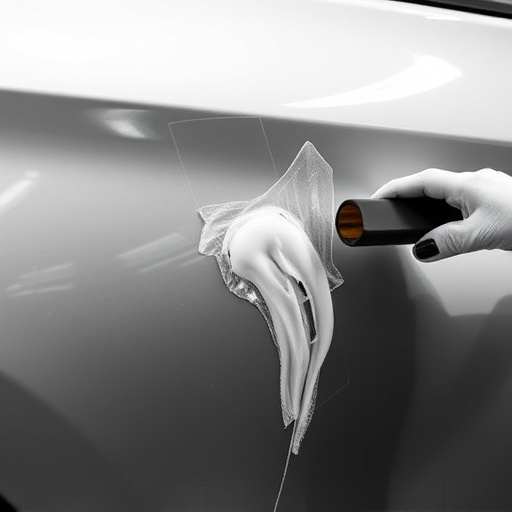
Plastic body part repair is a specialized process that involves restoring damaged or deteriorated plastic components to their original condition. Unlike traditional metal welding or casting, which are often employed for structural repairs, plastic repair focuses on preserving and enhancing the aesthetic appeal of plastic surfaces. This technique is particularly valuable in industries such as automotive, where classic car restoration enthusiasts seek to bring their vintage vehicles back to their former glory.
The process typically begins with assessing the damage and identifying the specific plastic material involved. Collision repair shops equipped with skilled technicians use a range of tools and techniques, from heat guns for softening hard plastics to specialized adhesives designed for different types of polymers. By combining these methods, collision repair services can accurately replicate the original design, ensuring seamless integration into the vehicle’s overall structure.
Advantages of Choosing This Over Traditional Methods
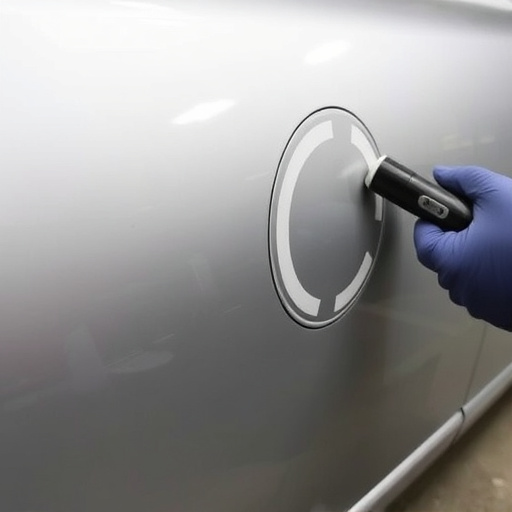
Choosing plastic body part repair over traditional methods offers numerous advantages, particularly when it comes to saving time and money. One key benefit is the speed at which repairs can be completed. Plastic is easier to work with than metal, allowing for quicker healing times and faster turnaround for damaged parts. This efficiency translates into less downtime for vehicles, whether it’s a minor fender bender or more extensive collision damage.
Additionally, plastic body part repair is often more cost-effective compared to traditional methods involving metal fabrication or complete car restoration. Plastic is generally lighter and less expensive than metal, reducing the overall material costs. Moreover, since plastic repairs can be done quicker, labor expenses are also minimized. This makes it an attractive option for both individuals looking to save on personal vehicle repairs and collision centers aiming to streamline their operations while maintaining high-quality standards.
Real-World Applications and Cost Savings Potential
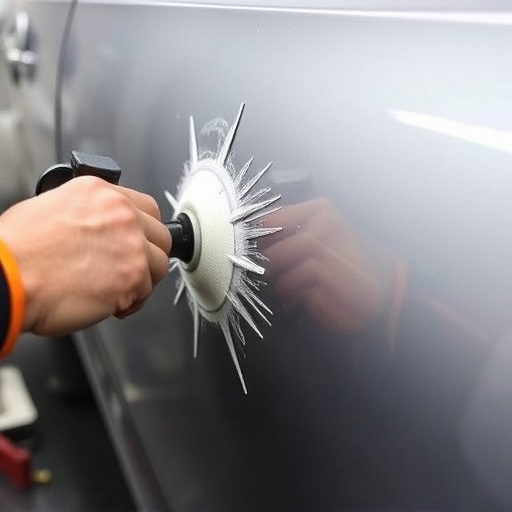
In real-world applications, plastic body part repair has proven to be a game-changer in the automotive industry. From minor car dents and scratches to more significant collision damage, this innovative technique offers efficient solutions. For instance, in Mercedes Benz collision repair, where precision is key, plastic body part repair allows for precise, non-invasive fixes, minimizing the need for extensive metalworking. This not only saves time but also preserves the original aesthetics of the vehicle.
The cost savings potential of plastic body part repair is significant. Traditional auto body repair methods can be costly due to labor-intensive processes and material wastage. Plastic repair techniques, however, are more economical as they often involve less labor and reduce the need for replacement parts. For example, a simple car dent repair using plastic restoration could save hundreds of dollars compared to replacing an entire panel. This makes it an attractive option for both consumers and businesses looking to cut costs while maintaining quality.
Plastic body part repair is a game-changer in medical technology, offering significant advantages over traditional methods. By understanding the basics of this innovative process and its real-world applications, we can appreciate how it saves both time and money while enhancing patient outcomes. The cost savings potential is substantial, making plastic body part repair an attractive and effective solution for various healthcare systems worldwide.

